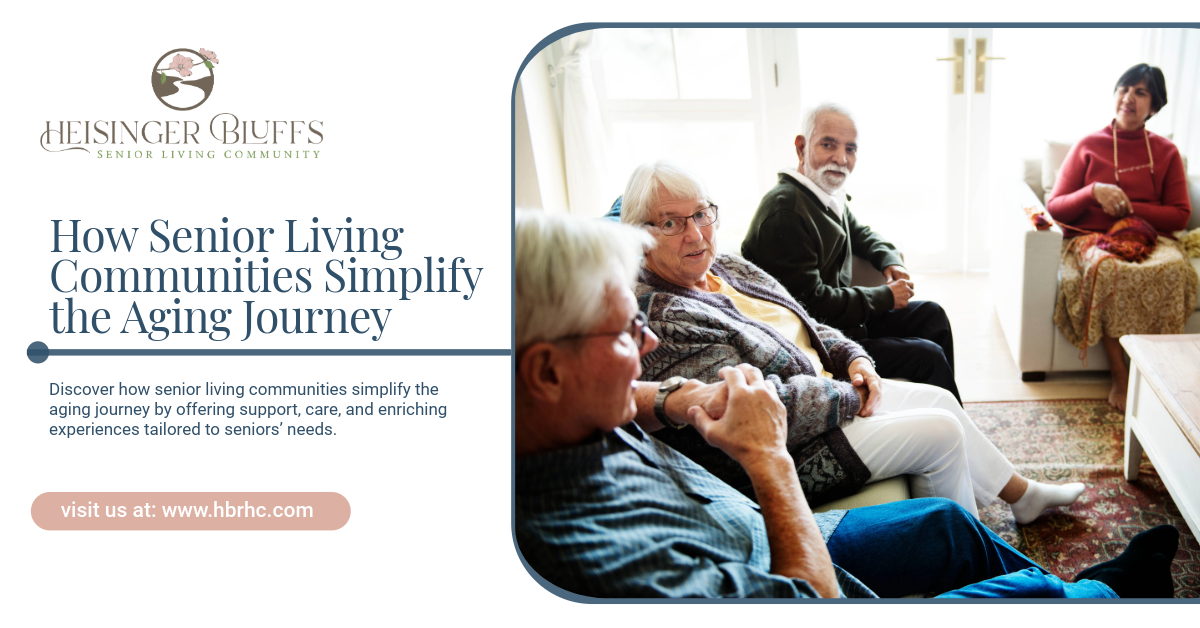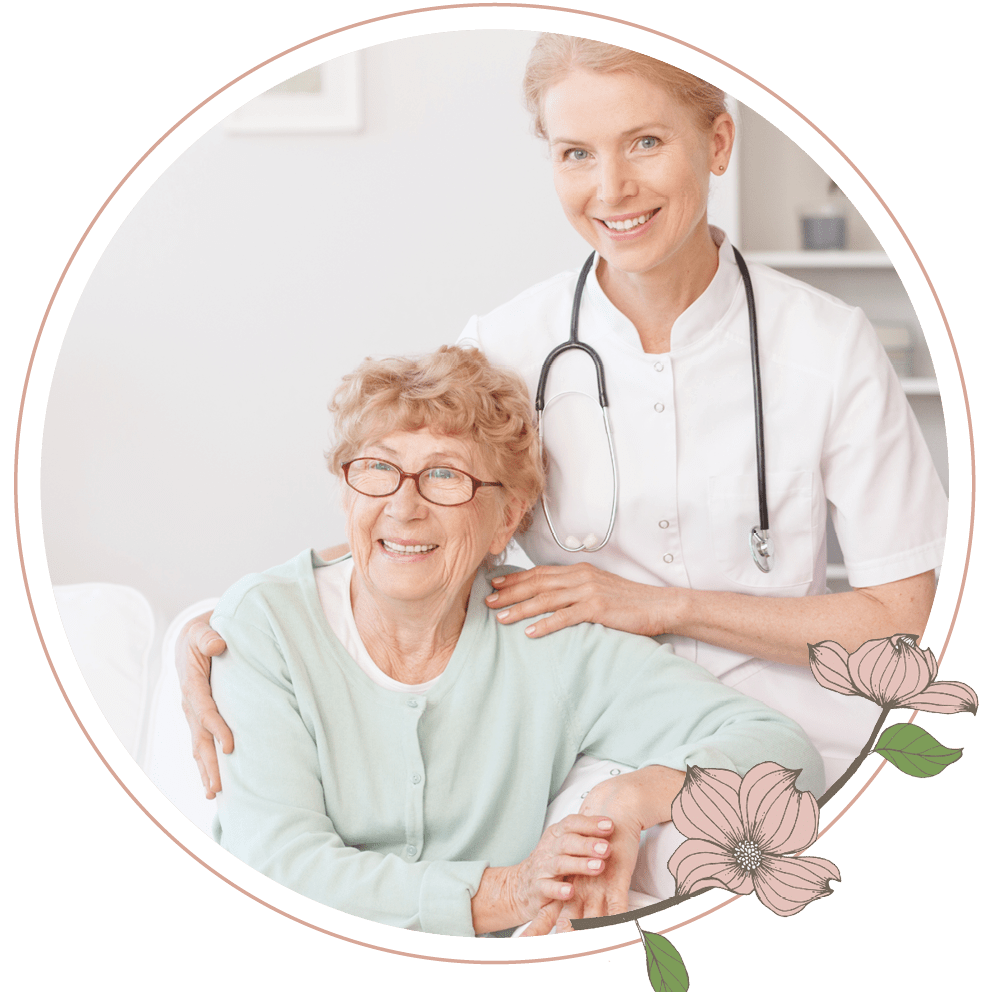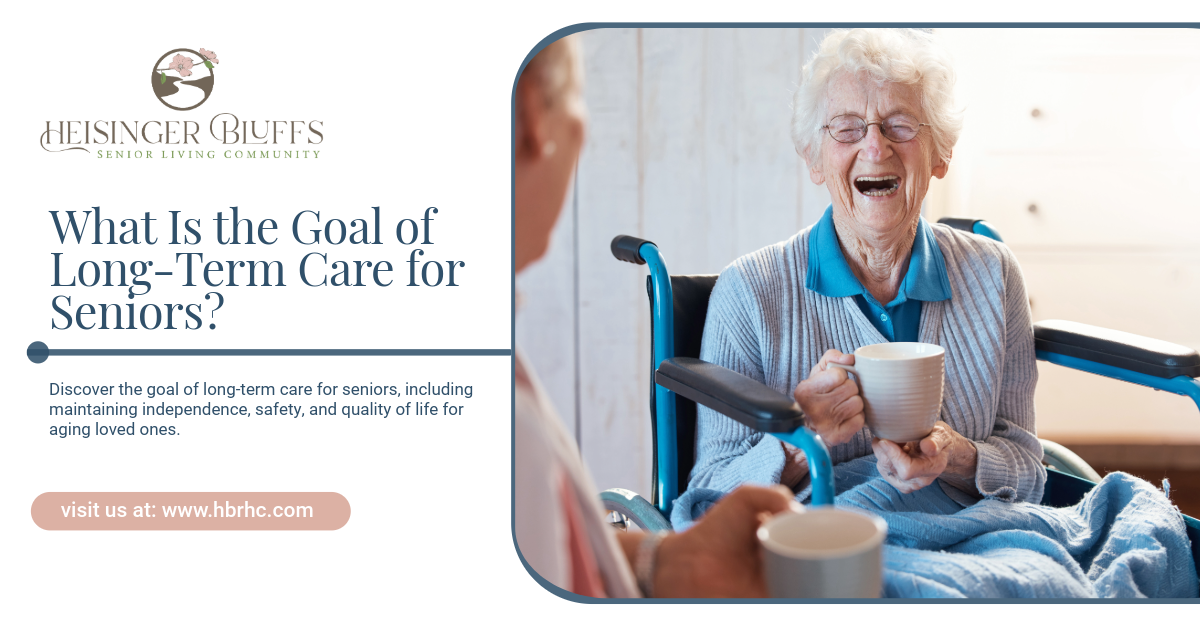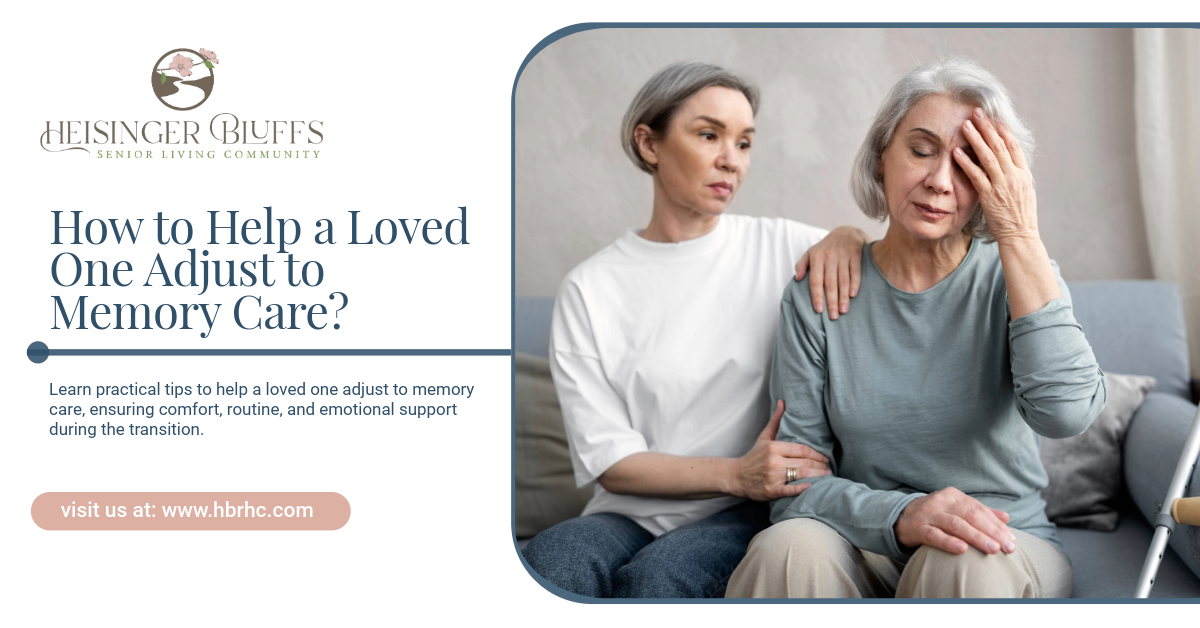How Senior Living Communities Simplify the Aging Journey

Key Highlights
- Senior living communities provide personalized care to support seniors’ independence and well-being.
- Assisted living, memory care, and respite care services help seniors navigate physical, cognitive, and emotional challenges.
- Daily routines, social activities, and on-site amenities enhance quality of life and reduce stress for seniors and families.
- Safety, health monitoring, and professional caregiving minimize risks and simplify healthcare management.
- Senior living communities offer peace of mind for families while promoting seniors’ dignity and autonomy.
How Senior Living Simplifies the Aging Journey
Aging brings new challenges, from managing health conditions to maintaining social connections and daily independence. For many seniors and their families, navigating these changes can be overwhelming. Senior living communities offer a solution, providing structured support, personalized care, and enriching experiences that make this stage of life more manageable and fulfilling.
Personalized Care for Every Stage of Aging
One of the most significant advantages of senior living communities is the personalized approach to care. Residents may require different levels of support, from assistance with daily activities like bathing, dressing, and meal preparation to specialized memory care for those with dementia.
Levels of Care in Senior Living Communities
| Level of Care | Services Provided | Ideal For |
|---|---|---|
| Independent Living | Maintenance-free living, social activities, meal options, transportation | Seniors who are independent but want convenience and community |
| Assisted Living | Help with daily activities, medication management, housekeeping, and meals | Seniors needing moderate support |
| Memory Care | Structured routines, cognitive therapies, specialized staff for dementia care | Seniors with Alzheimer’s or memory issues |
| Short-Term Rehabilitation | Physical, occupational, or speech therapy; recovery support after hospital stay | Seniors recovering from surgery, illness, or injury |
| Long-Term Care | 24/7 medical supervision, assistance with daily activities, personalized care | Seniors with chronic illnesses or significant care needs |
| Skilled Nursing Care | Advanced medical care, wound management, IV therapy, rehabilitation programs | Seniors requiring intensive medical support |
This structured care ensures that seniors receive the right support at the right time, reducing stress and promoting health.
Streamlined Daily Life
Senior living communities simplify the aging journey by taking care of daily chores and responsibilities. Residents don’t have to worry about cooking, cleaning, or home maintenance. Instead, they can focus on enjoying life and participating in activities that interest them.
- Nutritious meals are prepared according to dietary needs.
- Housekeeping and laundry services keep living spaces clean and comfortable.
- Transportation services help residents attend appointments, social outings, or run errands safely.
By reducing these daily burdens, seniors can spend more time on meaningful activities and social engagement.
Health Monitoring and Professional Care
Maintaining health is a key concern for older adults. Senior living communities provide professional healthcare support that simplifies medical management.
- On-site nurses and caregivers monitor vital signs, medications, and chronic conditions.
- Regular wellness checks help detect health issues early.
- Partnerships with physicians and therapy providers ensure continuity of care.
This professional oversight gives both seniors and their families peace of mind, knowing that medical needs are met promptly and efficiently.
Social Engagement and Community Activities
Isolation and loneliness are common challenges as people age. Senior living communities actively combat this by offering structured social and recreational programs.
- Exercise classes, hobby groups, and educational programs keep residents mentally and physically active.
- Group dining and social events foster friendships and a sense of belonging.
- Intergenerational activities may connect residents with younger generations, enriching experiences.
Regular engagement improves overall well-being, cognitive function, and mood, making the aging journey more enjoyable.
Safety and Accessibility
Senior living communities are designed with safety and accessibility in mind. Features like wheelchair ramps, handrails, emergency call systems, and 24/7 staff presence minimize risk of falls and accidents.
- Secure entrances and monitoring reduce safety concerns.
- Adaptive equipment ensures residents can move freely and confidently.
- Staff trained in emergency procedures respond quickly when needed.
These safety measures allow seniors to maintain independence while minimizing risks associated with aging.
Emotional Support and Mental Health
Aging can bring emotional challenges, from grief and anxiety to adjusting to new routines. Senior living communities provide mental health support, including counseling, therapy programs, and peer support.
- Access to professional counselors or social workers helps residents navigate emotional transitions.
- Peer support groups foster shared understanding and camaraderie.
- Mindfulness, meditation, and relaxation programs support stress reduction and emotional well-being.
This comprehensive emotional support simplifies life for seniors and improves their overall quality of life.
Support for Families
Families often play a central role in supporting aging loved ones. Senior living communities ease this responsibility by providing structured care and ongoing communication.
- Families receive updates on health, activities, and overall well-being.
- Respite care services allow family caregivers to take breaks while ensuring quality care.
- Educational programs help families understand aging-related changes and how to support loved ones effectively.
By simplifying caregiving responsibilities, senior living communities strengthen family relationships and reduce stress.
Final Thoughts
Senior living communities simplify the aging journey by combining personalized care, structured routines, social engagement, safety, and emotional support. They empower seniors to live with dignity, independence, and purpose while giving families peace of mind.
For families seeking a supportive, enriching environment for their loved ones, Heisinger Bluffs offers a compassionate approach to different levels of care, helping seniors navigate this stage of life with confidence and ease. Contact us today!
Frequently Asked Questions
What types of services are available in senior living communities?
Senior living communities offer assisted living, memory care, senior respite care, and sometimes short-term rehabilitation services, tailored to residents’ individual needs.
How do senior living communities help seniors maintain independence?
Through personalized care plans, supportive amenities, and adaptive services, seniors receive the help they need while staying active and engaged in daily life.
Are medical and healthcare services provided on-site?
Yes, most communities have professional caregivers, nurses, and health monitoring programs, and they coordinate with doctors and specialists as needed.
Can families visit and participate in activities?
Absolutely. Senior living communities encourage family involvement and often host events where loved ones can join residents in social and recreational activities.
How do communities address emotional and mental health needs?
Many communities offer counseling, therapy, support groups, and wellness programs to support residents’ emotional and mental well-being.
Sources:
- https://medlineplus.gov/nutritionforolderadults.html
- https://www.nia.nih.gov/health/healthy-aging/what-do-we-know-about-healthy-aging
- https://www.nia.nih.gov/health/loneliness-and-social-isolation/loneliness-and-social-isolation-tips-staying-connected
- https://www.ncoa.org/article/anxiety-and-older-adults-a-guide-to-getting-the-relief-you-need/
- https://www.nia.nih.gov/health/falls-and-falls-prevention/falls-and-fractures-older-adults-causes-and-prevention











